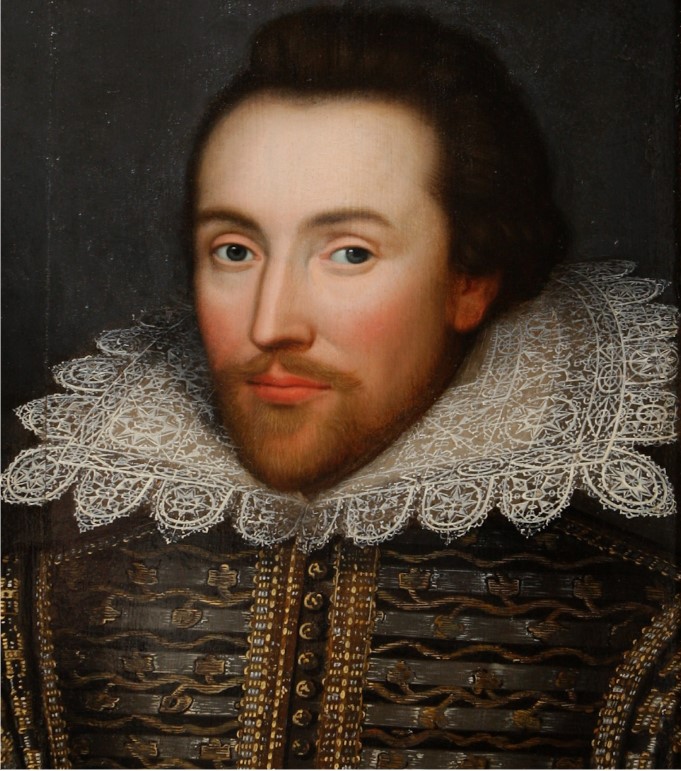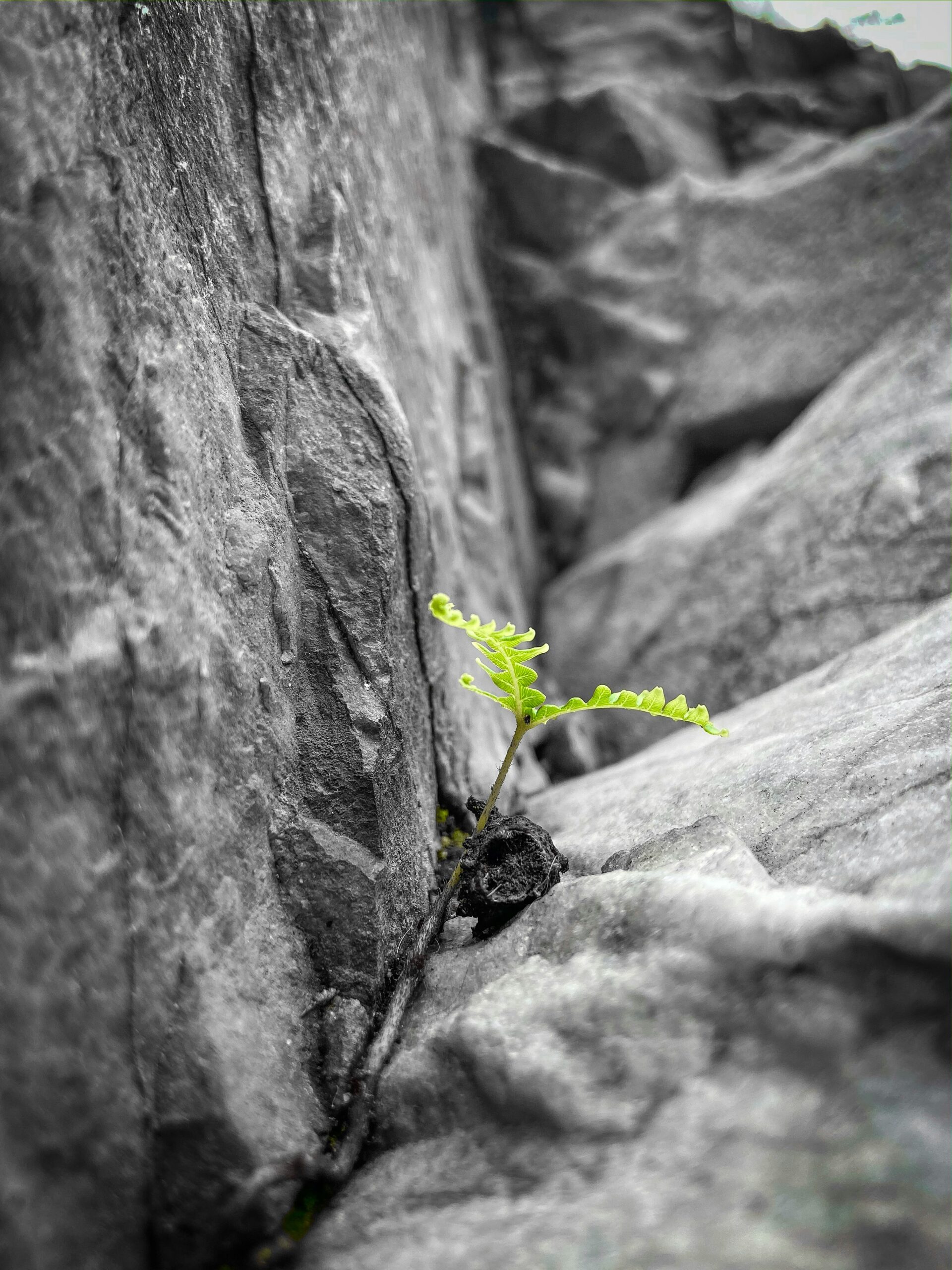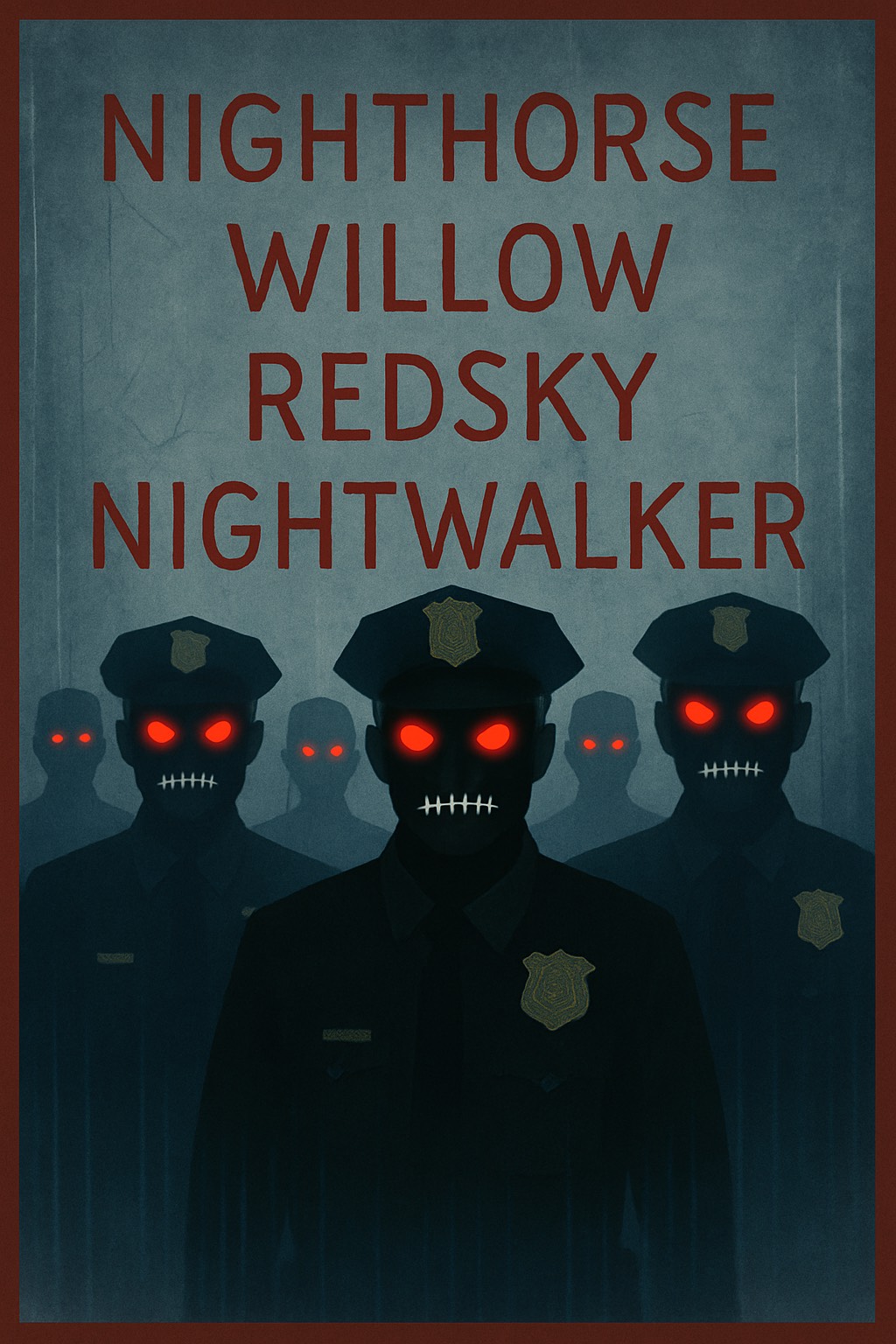Career Focus
From tiny stitches to bold textiles: how Helen Denny became a fabric designer
A short story by Mina Wong
When I first met Helen Denny five years ago, she was working as a seamstress at a dry cleaner on my street. When I asked for help with darning a sweater, she suggested the technique of reinforcing small stitches with invisible thread.
But Helen didn’t say, “I could do it for you for a fee,” or “Are you sure you want to keep this old thing?”
Instead, she showed me two simple steps to save the sweater, and even gave me some thread to take home.
I said gratefully, “You’ve taught me so much today!”
Helen was also upbeat: “If you or your friends have any sewing problems, just come in. I’ll be happy to help.”
Five years later, Helen and I are still friends even though she doesn’t work as a seamstress anymore.
Before finishing fashion school sometime after our first encounter, Helen made a set of dresses that her employer, Ivan Blaise would display on her behalf at a fashion show.
At that time, Ivan who owned the dry cleaner definitely dreamed of his own signature boutique. But before seeing Helen’s designs, he had only thought of her as a meticulous needle worker who kept their customers happy.
Fascinated by Helen’s unique dresses, he quickly entertained the possibility of designing clothes with her after selling the dry cleaner.
But despite heartfelt thanks to him for showcasing her samples, Helen found Ivan’s styles too dramatic and splashy for her; she preferred subtle, elegant clothes made from versatile material for four seasons.
When Ivan sold his business, Helen worked for Mrs. Rossi, the new owner who appreciated having a skillful seamstress in her store. From working with Ivan, Helen had also learned to respect customers’ wishes: unless they asked for her advice, she would always mend, alter, or restore their garments the way they liked them.
But in her advanced sewing class, Helen’s creativity with tailoring suits got the attention of Philip Todd, her professor who asked if she might like to assist his colleague with a hat project.
Helen accepted the invitation, but having little experience with bonnets or caps, she lost no time to find out everything about hats. A week later, she was able to let Philip show original patterns of fedoras and berets to Vanessa Poon, her future employer who had fashion markets in strategic parts of the world.
But Helen’s first week with Vanessa was anything but comfortable. Initially self-assured, she felt mortified when Vanessa harshly criticized her poor knowledge of textiles, most with difficult names that she had never heard of.
Vanessa demanded: “We’re importing bolts of exclusive material from Vietnam, Thailand, China, and India. You need to learn all of them so we can begin working right away.”
Time to hit the books again, thought Helen.
She studied Vanessa’s fabric swatches – bristly, woolly, gauzy, silky, lacey, and even papery ones; she visualized herself summoning them by name, spreading out rolls of creases and satin, cutting her own original patterns, and taming exotic textiles into beautiful hats.
“All masters begin as apprentices”, Helen made a pact of optimism with her challenges.
Helen’s work ethic impressed Vanessa so much that she began to respect her opinions. As Helen built self-confidence, she would suggest ideas to Vanessa, such as targeting key international markets using swanky ads with alluring images and sensuous music.
Through working together, Helen and Vanessa have become colleagues who open up ventures for each other. As the apprentice matures steadily in her craft, the master softens gently to the importance of modesty, patience, and optimism.
In 2020, Helen is launching a brand new art form: her own fabric designs for tailors and fashion makers far and near.
Helen tells me that for people who understand sewing concepts, making fabrics is essentially an application of blending, weaving, tinting, and drying raw fibers into what we call textiles.
“Growing up, I made clothes for dolls using old tablecloths and curtains, sometimes braiding and knitting layers of material into new textures. It would be exciting to interlace leafy bamboo silk with bright sprinkles of cobalt or crystals”, Helen anticipates her success with a big smile.
As a friend, I have watched Helen’s passion grow from mending garments at a dry cleaner to designing original fashion, and from learning how to make hats to becoming a creative designer of fabrics.
This story is a glimpse into the lifelong tapestry of an artist who welcomes learning every day, and who believes that all mastery can be achieved with the first, humble step of apprenticeship.





